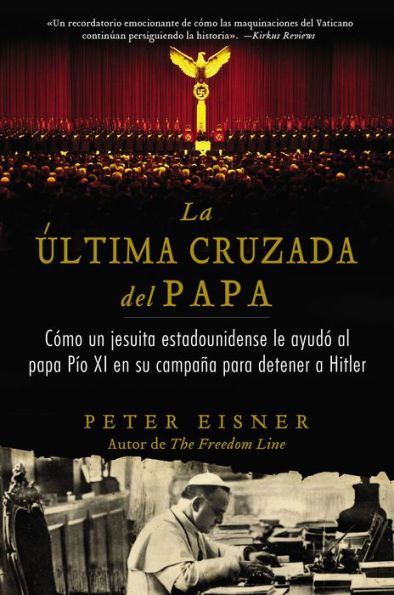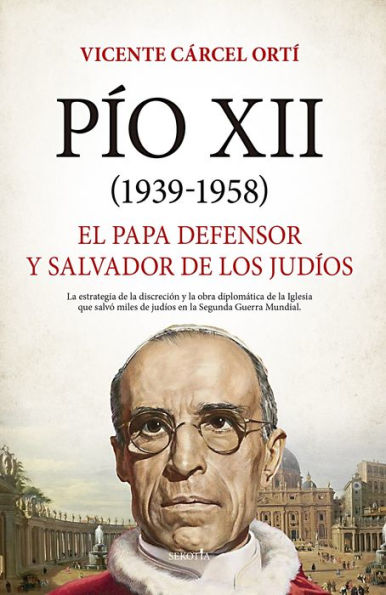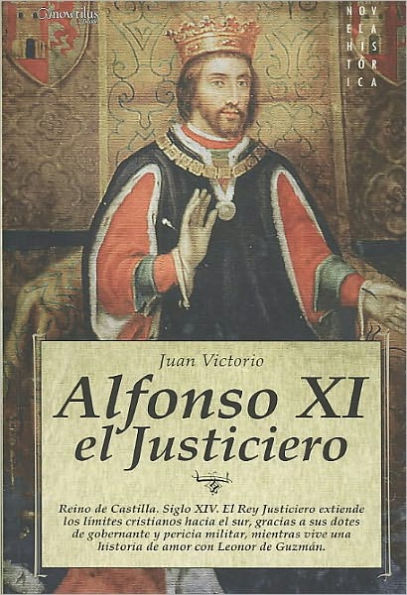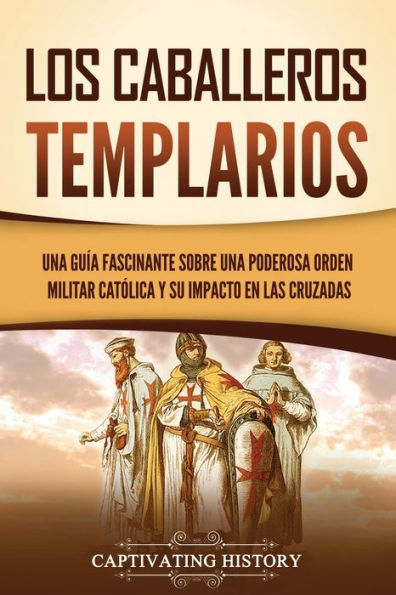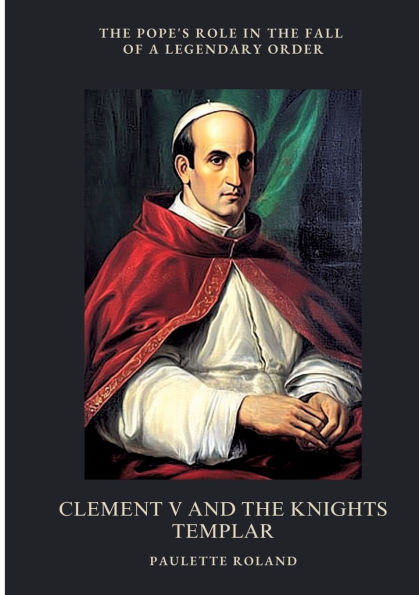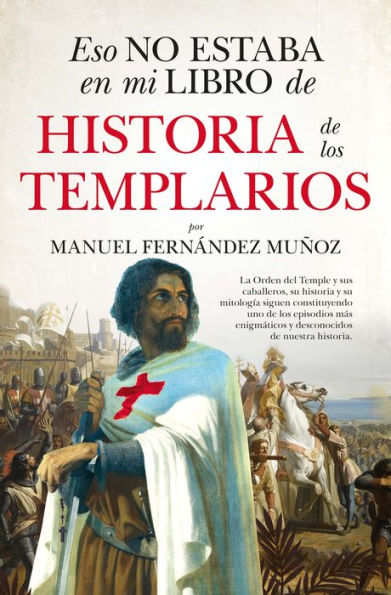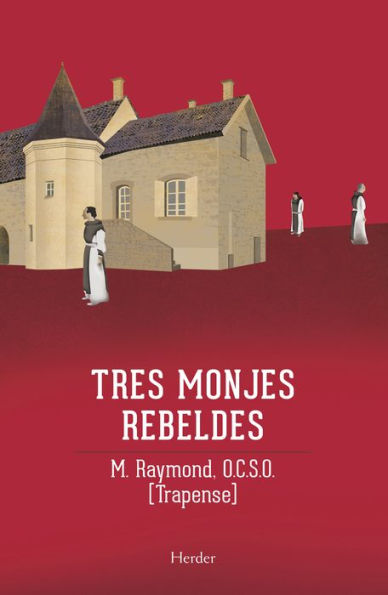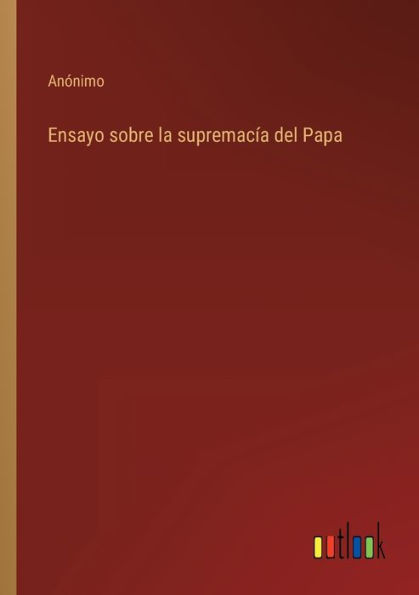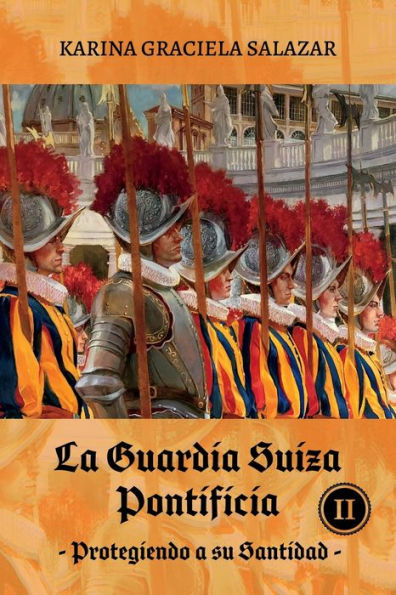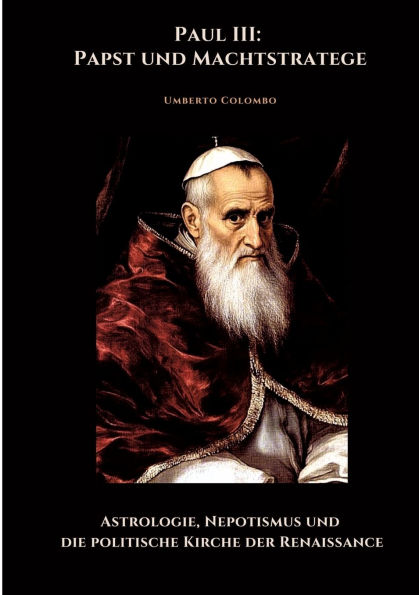Home
Benedicto XIII. El papa templario que luchó contra Roma
Barnes and Noble
Loading Inventory...
Benedicto XIII. El papa templario que luchó contra Roma in Bloomington, MN
Current price: $25.95

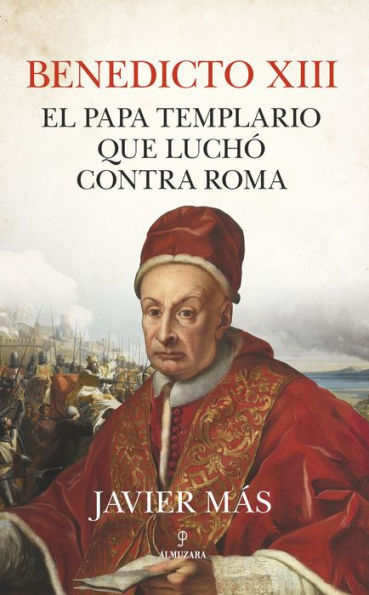
Benedicto XIII. El papa templario que luchó contra Roma in Bloomington, MN
Current price: $25.95
Loading Inventory...
Size: OS
Pedro Martínez de Luna, Benedicto XIII, el Papa Luna. Tres formas diferentes de nombrar a un mismo personaje que ha pasado a la historia como la obstinación personificada por la firmeza de sus convicciones frente a Roma. Pocos conocen la verdadera dimensión de quien realmente urdió la unificación territorial de España que vería la luz con los Reyes Católicos. Una figura intelectual, política, religiosa e incluso guerrera (porque la guerra, como en cualquier otro mandatario del siglo XV, sería fundamental en su pontificado) en cuyo pensamiento y en cuya obra observamos la estela del proyecto que la Orden del Temple diseñó para la cristiandad occidental. Custodio del santo Grial, poseedor de toda una armada naval, precursor de los Borgia y valedor de los Trastámara, Benedicto XIII protagonizó la apasionante historia de la resistencia del papado de Aviñón frente a Roma durante el Cisma e hizo de la villa castellonense de Peñíscola el centro de las miradas de España y del mundo. Su personalidad, su profundo ideal y sus dotes estratégicas lo convirtieron en una temible amenaza para sus adversarios (a los que fue viendo morir uno a uno hasta Martín V) y en un nombre familiar y popular entre las gentes. Su legado, hoy difuminado, se expande por mil senderos y lo dibuja, junto con las crónicas, como el personaje quizá más determinante de la Baja Edad Media en todo Occidente.
Pedro Martinez de Luna, Benedict XIII, Pope Luna. Three different ways of naming the same character who has gone in history, due to the firmness of his convictions against Rome, as obstinacy personified by. Few know the true dimension of who really engineered the territorial unification of Spain that would come to light with the Catholic Monarchs. An intellectual, political, religious and even warrior figure (because war, as for any other 15th century leader, would be fundamental in his pontificate). We observe in his thought and work we observe the awakening of the project that the Order of the Temple designed for the Western Christianity. Custodian of the Holy Grail, owner of an entire naval army, forerunner of the Borgias and supporter of the Trastámara, Benedict XIII starred in the exciting story of the resistance of the Avignon papacy against Rome during the Schism and made the town of Peñíscola in Castellón the center of attention of Spain and the world. His personality, his deep ideals and his strategic skills made him a fearsome threat to his adversaries (whom he watched die one by one until Martin V) and a familiar and popular name among the people. His legacy, today faded, expands along a thousand paths and depicts him, along with the chronicles, as perhaps the most determining character of the Late Middle Ages in the entire West.
Pedro Martinez de Luna, Benedict XIII, Pope Luna. Three different ways of naming the same character who has gone in history, due to the firmness of his convictions against Rome, as obstinacy personified by. Few know the true dimension of who really engineered the territorial unification of Spain that would come to light with the Catholic Monarchs. An intellectual, political, religious and even warrior figure (because war, as for any other 15th century leader, would be fundamental in his pontificate). We observe in his thought and work we observe the awakening of the project that the Order of the Temple designed for the Western Christianity. Custodian of the Holy Grail, owner of an entire naval army, forerunner of the Borgias and supporter of the Trastámara, Benedict XIII starred in the exciting story of the resistance of the Avignon papacy against Rome during the Schism and made the town of Peñíscola in Castellón the center of attention of Spain and the world. His personality, his deep ideals and his strategic skills made him a fearsome threat to his adversaries (whom he watched die one by one until Martin V) and a familiar and popular name among the people. His legacy, today faded, expands along a thousand paths and depicts him, along with the chronicles, as perhaps the most determining character of the Late Middle Ages in the entire West.
Pedro Martínez de Luna, Benedicto XIII, el Papa Luna. Tres formas diferentes de nombrar a un mismo personaje que ha pasado a la historia como la obstinación personificada por la firmeza de sus convicciones frente a Roma. Pocos conocen la verdadera dimensión de quien realmente urdió la unificación territorial de España que vería la luz con los Reyes Católicos. Una figura intelectual, política, religiosa e incluso guerrera (porque la guerra, como en cualquier otro mandatario del siglo XV, sería fundamental en su pontificado) en cuyo pensamiento y en cuya obra observamos la estela del proyecto que la Orden del Temple diseñó para la cristiandad occidental. Custodio del santo Grial, poseedor de toda una armada naval, precursor de los Borgia y valedor de los Trastámara, Benedicto XIII protagonizó la apasionante historia de la resistencia del papado de Aviñón frente a Roma durante el Cisma e hizo de la villa castellonense de Peñíscola el centro de las miradas de España y del mundo. Su personalidad, su profundo ideal y sus dotes estratégicas lo convirtieron en una temible amenaza para sus adversarios (a los que fue viendo morir uno a uno hasta Martín V) y en un nombre familiar y popular entre las gentes. Su legado, hoy difuminado, se expande por mil senderos y lo dibuja, junto con las crónicas, como el personaje quizá más determinante de la Baja Edad Media en todo Occidente.
Pedro Martinez de Luna, Benedict XIII, Pope Luna. Three different ways of naming the same character who has gone in history, due to the firmness of his convictions against Rome, as obstinacy personified by. Few know the true dimension of who really engineered the territorial unification of Spain that would come to light with the Catholic Monarchs. An intellectual, political, religious and even warrior figure (because war, as for any other 15th century leader, would be fundamental in his pontificate). We observe in his thought and work we observe the awakening of the project that the Order of the Temple designed for the Western Christianity. Custodian of the Holy Grail, owner of an entire naval army, forerunner of the Borgias and supporter of the Trastámara, Benedict XIII starred in the exciting story of the resistance of the Avignon papacy against Rome during the Schism and made the town of Peñíscola in Castellón the center of attention of Spain and the world. His personality, his deep ideals and his strategic skills made him a fearsome threat to his adversaries (whom he watched die one by one until Martin V) and a familiar and popular name among the people. His legacy, today faded, expands along a thousand paths and depicts him, along with the chronicles, as perhaps the most determining character of the Late Middle Ages in the entire West.
Pedro Martinez de Luna, Benedict XIII, Pope Luna. Three different ways of naming the same character who has gone in history, due to the firmness of his convictions against Rome, as obstinacy personified by. Few know the true dimension of who really engineered the territorial unification of Spain that would come to light with the Catholic Monarchs. An intellectual, political, religious and even warrior figure (because war, as for any other 15th century leader, would be fundamental in his pontificate). We observe in his thought and work we observe the awakening of the project that the Order of the Temple designed for the Western Christianity. Custodian of the Holy Grail, owner of an entire naval army, forerunner of the Borgias and supporter of the Trastámara, Benedict XIII starred in the exciting story of the resistance of the Avignon papacy against Rome during the Schism and made the town of Peñíscola in Castellón the center of attention of Spain and the world. His personality, his deep ideals and his strategic skills made him a fearsome threat to his adversaries (whom he watched die one by one until Martin V) and a familiar and popular name among the people. His legacy, today faded, expands along a thousand paths and depicts him, along with the chronicles, as perhaps the most determining character of the Late Middle Ages in the entire West.
